
Coffee price today
Stay up-to-date with Today’s Coffee Price Updates: Access the latest Robusta and Arabica coffee prices, along with daily global coffee market news – all for free. Gain comprehensive insights into the US Coffee C Futures, the leading benchmark for Arabica coffee worldwide. Delve into pricing, charts, technical analysis, and historical data at your fingertips.
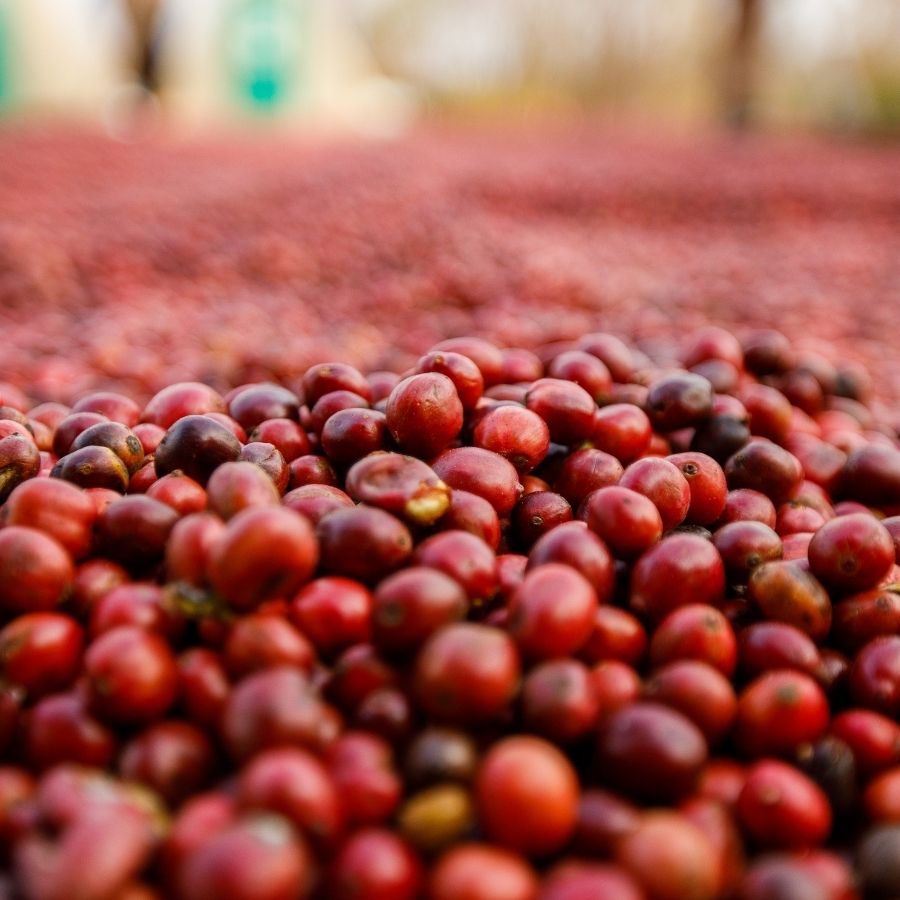

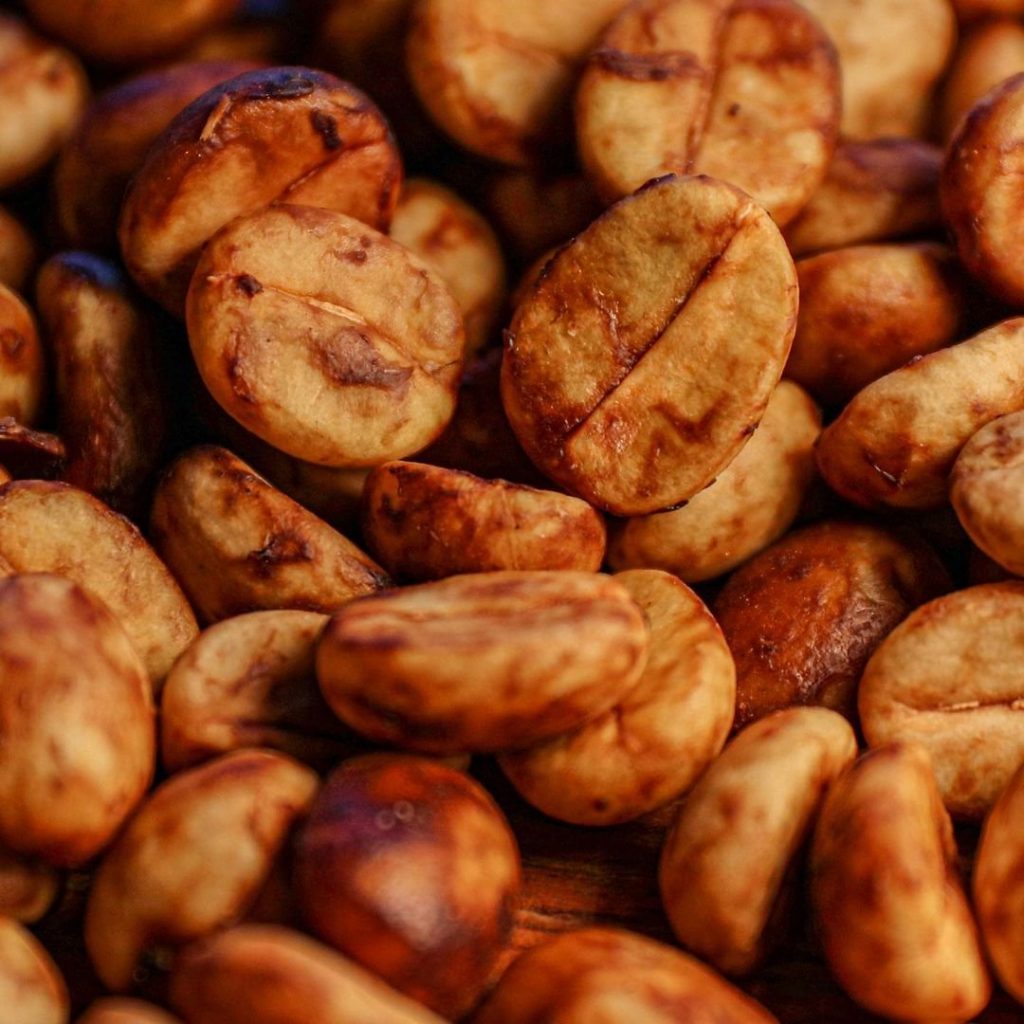
Arabica Coffee Prices Today
(ICE Futures US) - Historical data and stock market
How To Analyze Arabica Coffee Prices?
Here's a beginner's guide to help you view and analyze Arabica coffee prices on ICE Futures US - United States stock market
1. Access and Customize the Arabica Coffee Contract Chart
On the contract coffee market page, access the interactive chart displaying the current futures price, day's high, low, and volume for the Arabica coffee contract, and customize the time period and chart type to view historical price data according to your needs.
3. Master Essential Technical Analysis Tools for Price Chart Evaluation
Learn essential technical analysis tools to help you analyze the price charts. Moving averages and trend lines can help you identify price trends, while oscillators can help you identify potential buying or selling opportunities.
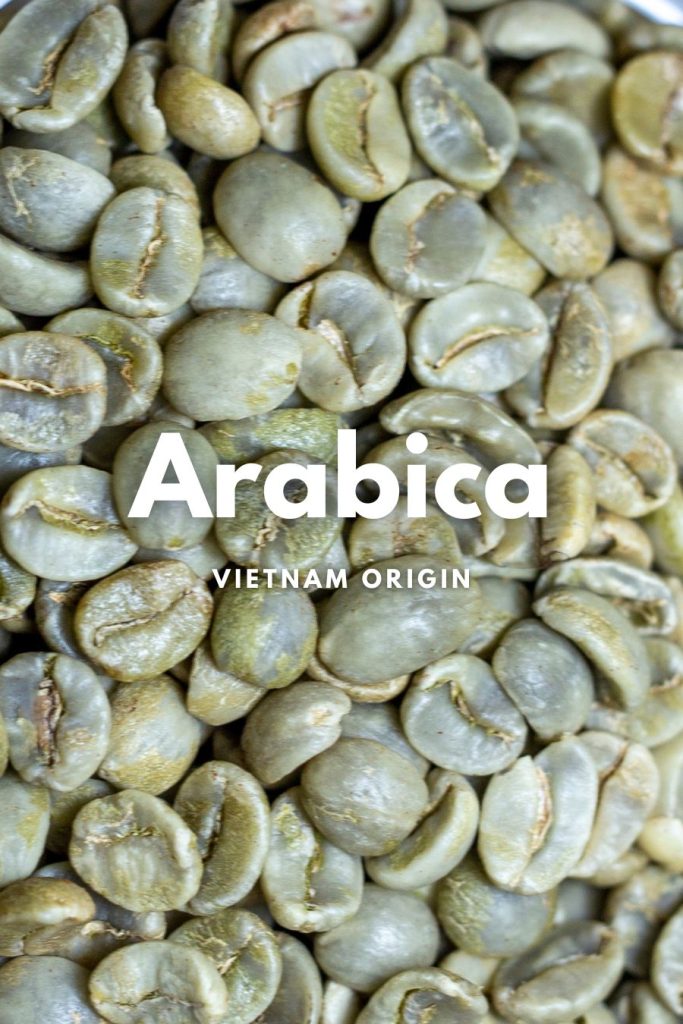
2. Analyze Price Trends and Stay Informed on Market Influences
Monitor Arabica coffee price trends by observing directional movements and staying informed about major news events or developments, such as natural disasters or geopolitical events, that may cause sudden market fluctuations.
4. Utilize Market Reports and Data for Arabica Coffee Supply and Demand
Use market reports and data releases to keep track of supply and demand for Arabica coffee. For example, the US Department of Agriculture releases regular crop production and supply reports that can impact prices.
Robusta Coffee Prices Today
ICE Futures Europe - Live chart Robusta international coffee
How To Analyze Robusta Coffee Prices?
Here's a beginner's guide to help you view and analyze today's Robusta coffee prices on ICE Futures Europe market overview
1. Access and Customize the Robusta Coffee Contract Historical Data
On the contract page, access the current futures price, day's high, low, and volume for the Robusta coffee contract in historical data, and customize the time period and chart type to view additional historical price data according to your needs.
3. Master Essential Technical Analysis Tools for Price Chart Evaluation
Learn essential technical analysis tools to help you analyze the price charts. Moving averages and trend lines can help you identify price trends, while oscillators can help you identify potential buying or selling opportunities.
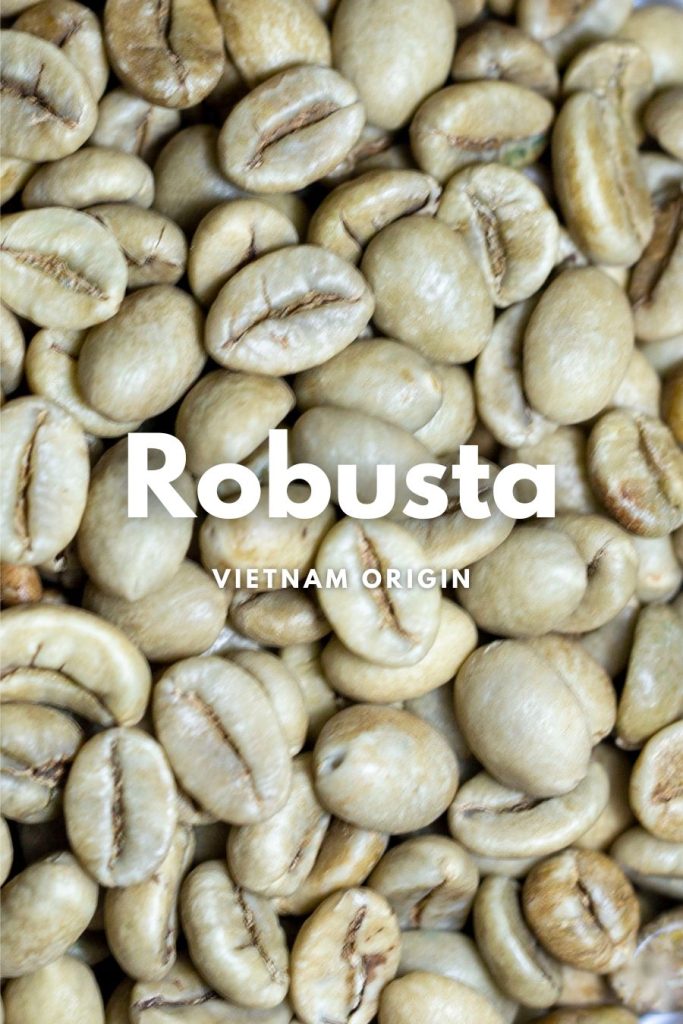
2. Analyze Price Trends and Stay Informed on Market Influences
Monitor Robusta coffee price trends by observing directional movements and staying informed about major news events or developments, such as natural disasters or geopolitical events, that may cause sudden market fluctuations.
4. Utilize Market Reports and Data for Robusta Coffee Supply and Demand
Use market reports and data releases to keep track of supply and demand for Robusta coffee. For example, the International Coffee Organization releases regular reports that can impact prices.
U.S. dollar index (USDX)
Fun Facts
How do U.S. dollar index affect Coffee Price?
FAQs
Explore our products to learn more about your coffee price stock, US Coffee C Futures, the world benchmark for Arabica coffee. View the price, charts, technical analysis and historical data. Explore the most recent technical analysis of the price movements for #C_COFFEE Dollar: Get insights into the COFFEE forecast. Discover the top-performing commodities, as well as the biggest gainers and losers of the day.
?
Coffee prices in the stock market are affected by various factors, including supply and demand, weather conditions, geopolitical events, currency fluctuations, and production costs. Additionally, the global coffee market is influenced by speculators and traders who can cause price fluctuations based on their trading activities.
Coffee prices are determined through futures contracts traded on commodity exchanges like the Intercontinental Exchange (ICE) and the New York Mercantile Exchange (NYMEX). These contracts are agreements to buy or sell a specific quantity of coffee at a predetermined price at a future date. Market participants, including producers, buyers, and speculators, trade these contracts, which ultimately determines the prices.
The two main types of coffee traded in the stock market are Arabica and Robusta. Arabica beans are known for their mild and nuanced flavors, while Robusta beans are typically more bitter and contain higher levels of caffeine. Arabica coffee futures are traded on the ICE, and Robusta coffee futures are traded on the NYMEX.
The USD exchange rate has a significant impact on the coffee price market due to several factors:
Denomination currency: Coffee prices are typically quoted in U.S. dollars (USD) per pound on international commodity exchanges like the Intercontinental Exchange (ICE) and the New York Mercantile Exchange (NYMEX). As a result, the value of the U.S. dollar directly affects the prices at which coffee is traded.
Import and export dynamics: Coffee is an internationally traded commodity, with countries buying and selling coffee beans in the global market. When the value of the USD increases, it becomes more expensive for importing countries with weaker currencies to purchase coffee. This can lead to reduced demand and, consequently, lower coffee prices. Conversely, when the USD decreases in value, coffee becomes cheaper for importing countries, potentially leading to increased demand and higher coffee prices.
Production costs: Many coffee-producing countries have currencies other than the U.S. dollar. When the USD strengthens against these currencies, production costs in local currencies may decrease. This can result in increased coffee production, leading to an oversupply in the market and lower coffee prices. On the other hand, a weaker USD can lead to higher production costs and reduced coffee production, which may contribute to higher coffee prices.
Investor sentiment: The USD exchange rate often influences investor sentiment in the commodities market. When the U.S. dollar is strong, investors may opt to invest in dollar-denominated assets, driving up demand for commodities like coffee. Conversely, when the dollar is weak, investors may move away from dollar-denominated assets, reducing demand for coffee and causing prices to fall.
Overall, fluctuations in the USD exchange rate can have significant impacts on the coffee price market, affecting global trade dynamics, production costs, and investor sentiment.
The Vietnamese Dong (VND)/U.S. Dollar (USD) exchange rate can impact the coffee price market due to Vietnam’s role as a significant coffee producer, particularly in the Robusta market. The following factors explain how the VND/USD exchange rate affects coffee prices:
Production costs: A fluctuating VND/USD exchange rate can lead to changes in production costs for Vietnamese coffee farmers. When the VND weakens against the USD, the cost of imported inputs such as fertilizers, machinery, and fuel (which are often priced in USD) increases in VND terms. This can result in higher production costs for Vietnamese coffee farmers, potentially leading to reduced coffee production and upward pressure on coffee prices. Conversely, when the VND strengthens against the USD, production costs may decrease, leading to increased coffee production and potential downward pressure on prices.
Export competitiveness: Changes in the VND/USD exchange rate can affect the competitiveness of Vietnamese coffee in the global market. When the VND depreciates against the USD, Vietnamese coffee becomes cheaper for foreign buyers, potentially leading to increased demand and higher coffee prices. On the other hand, when the VND appreciates against the USD, Vietnamese coffee becomes more expensive for foreign buyers, which may result in reduced demand and lower coffee prices.
Profitability for farmers and exporters: The VND/USD exchange rate also impacts the profitability of Vietnamese coffee farmers and exporters. When the VND weakens against the USD, farmers and exporters receive more VND for every USD earned from coffee sales. This increased profitability may encourage more production and export of Vietnamese coffee, potentially affecting global coffee prices. Conversely, when the VND strengthens against the USD, the profitability of coffee sales decreases, potentially discouraging production and exports and influencing global coffee prices.
In summary, fluctuations in the VND/USD exchange rate can have significant impacts on the coffee price market through changes in production costs, export competitiveness, and profitability for Vietnamese coffee farmers and exporters.
The market price of coffee on the US Coffee C Futures directly impacts the final price of coffee in several ways:
Price benchmark: US Coffee C Futures serve as a benchmark for global coffee prices. They represent the market’s expectation of the future price of Arabica coffee, which is the most commonly traded coffee type. The prices set by these futures contracts influence the prices paid by coffee buyers, roasters, and retailers, ultimately affecting the final price of coffee for consumers.
Hedging and price stability: Futures contracts allow coffee producers, traders, and buyers to hedge against potential price fluctuations in the coffee market. By locking in a price for a future delivery date, market participants can manage their exposure to price risks. This hedging mechanism helps stabilize coffee prices over time and provides a level of predictability, which eventually influences the final price of coffee.
Supply and demand dynamics: Coffee C Futures prices reflect the market’s assessment of supply and demand factors, such as weather conditions, geopolitical events, and economic factors that can impact coffee production and consumption. These factors directly influence the final price of coffee, as they affect the costs associated with coffee production, transportation, and storage.
Speculation and price volatility: Speculative trading in the Coffee C Futures market can also influence coffee prices. Speculators, who do not have a direct interest in the physical commodity, buy and sell futures contracts to profit from price fluctuations. Their trading activities can create price volatility, which may impact the final price of coffee.
In summary, the market price of coffee on the US Coffee C Futures affects the final price of coffee by serving as a benchmark for global coffee prices, providing a hedging mechanism for market participants, reflecting supply and demand dynamics, and being subject to speculation-driven price volatility.
ARABICA COFFEE PRICE
Explore our products to learn more about Arabica Coffee, and receive a quote within minutes.
ROBUSTA COFFEE PRICE
Explore our products to learn more about your Robusta Coffee, and receive a quote within minutes.
INSTANT COFFEE PRICE
Explore our products to learn more about Instant Coffee, and receive a quote within minutes.
PRICES OF OTHER VARIETIES
Explore our products to learn more about your other coffee products, and receive a quote within minutes.

Knowledge of import and export
Incoterms 2020
Summary of content and specific instructions for use in Import & Export Coffee
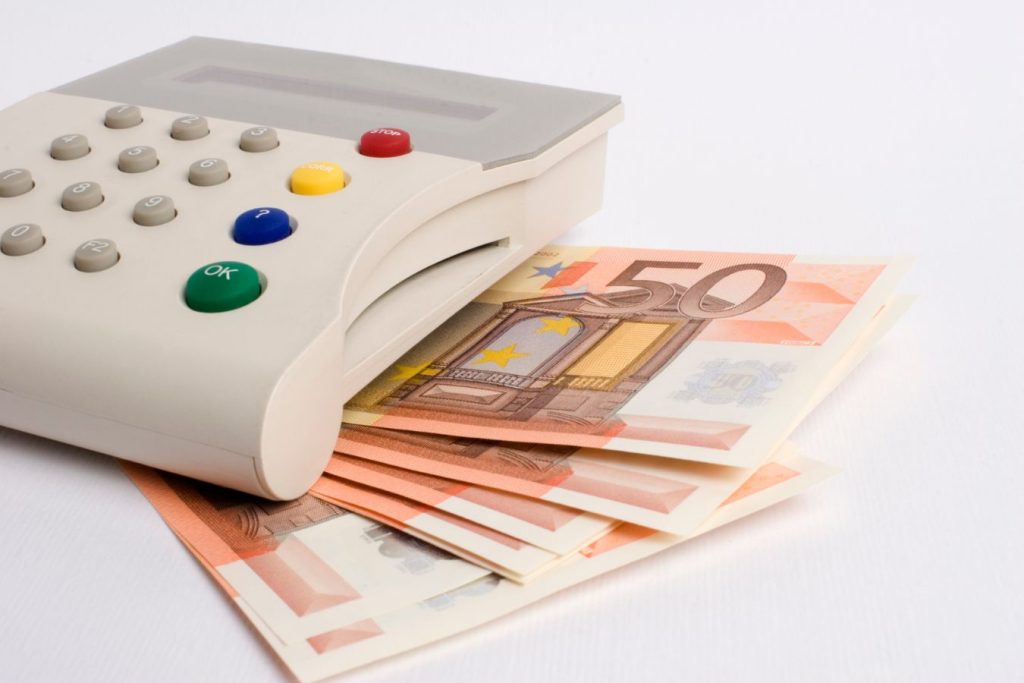
Knowledge of import and export
Payment Methods
International Payment Methods in Import and Export Coffee
- 10+ Years of experience
- available 24/7, We’re here for you!
- Lowest rates guaranteed
- Easy & Fast Online consulting process
“Helena., JSC - Vietnamese Coffee Suppliers ”
want to
talk with us?
Don’t miss out on personalized assistance from our Coffee experts! Simply provide your contact information, and we’ll get in touch with you shortly.
- Alternatively, reach out to us at +84 789 818 828 via WhatsApp, Telegram, Line, Viber, or Wechat.
- Email: Info@helenacoffee.vn for a prompt response. Let’s connect and explore how we can best serve you!
COFFEE MARKET
( LEARN ABOUT COFFEE FUTURES MARKET )

スペシャルティコーヒーのワイン加工発酵における微妙な手法
スペシャルティコーヒーのワイン加工発酵: スペシャルティコーヒー ワイン加工 発酵: 一見すると、コーヒーとワインの世界は大きく異なるように見えるかもしれません。しかし、詳しく調べると、両者の間に共通の語彙と農業方法論が明らかになります。注目すべきことに、処理技術の領域では類似点がさらに明らかになります。 実際、コーヒー加工技術はワイン醸造技術をますます反映するようになりました。近年、コーヒー生産者が醸造業者によって開拓された洗練された加工方法を採用する傾向が高まっているのを私たちは観察しています。この専門知識の相互受粉はコーヒー業界を豊かにし、愛好家が利用できるフレーバーの範囲を広げています。 この共生関係をより深く掘り下げるために、サントゥアリオ プロジェクトの背後にある先見の明のあるカミロ メリザルデ氏と、エルサルバドルのサン アントニオ、ラス ブリサス、サン ロケ農場を指揮するカルロス ポーラ氏に洞察を求めました。彼らの視点は、この興味深い収束に光を当てます。 スペシャルティコーヒーのワイン加工発酵: コーヒー加工技術の最近の進歩 スペシャルティ コーヒーの分野において、実験的加工の領域は、業界の専門家と愛好家の両方にとってスリリングなフロンティアです。コーヒーの大部分は、ナチュラル、ウォッシュ、ハニーという 3 つの確立された方法で加工されますが、ここ数年で、より洗練された独創的な技術が急速に出現しています。 コーヒー加工の進歩の度合いは広く知られています。しかし、あまり知られていないのは、ワイン製造がこのイノベーションの波を促進する上で極めて重要な役割を果たしているということです。 たとえば、2015 年のワールド バリスタ チャンピオンシップでは、サシャ シェスティッチがワイン業界から借用した手法である炭酸浸軟を特徴とするプレゼンテーションで注目を集めました。スーダン・ルーム品種を活用し、その際立ったフルーツの香りと増強された甘みで聴衆を魅了しました。

การรับรองกาแฟโคลอมเบีย: มีประโยชน์ต่อผู้ผลิตอย่างไร
การรับรองกาแฟโคลอมเบีย: โคลอมเบียเป็นผู้ผลิตกาแฟรายใหญ่อันดับสามของโลก โดยมีแบรนด์ Café de Colombia ที่มีชื่อเสียงและสถานะ Protected Designation of Origin ตอกย้ำการยกย่องกาแฟโคลอมเบียในระดับนานาชาติ ชื่อเสียงนี้ทำให้กาแฟโคลอมเบียตั้งราคาระดับพรีเมียมได้ ซึ่งเห็นได้จากราคาพรีเมียมที่ 67.20 เซนต์ต่อปอนด์ เมื่อเทียบกับกาแฟล้างแบบอ่อนอื่นๆ ในปี 2022 ด้วยการค้นหาการเข้าถึงตลาดเฉพาะทางที่ชาญฉลาด จึงมีการส่งเสริมการรับรองด้านความยั่งยืนหลายรายการในโคลอมเบีย ตอบสนองความต้องการของผู้บริโภคสำหรับผลิตภัณฑ์ที่ดีต่อสุขภาพและมีจริยธรรมผ่านกฎระเบียบเกี่ยวกับการผลิตที่สะอาด การปฏิบัติต่อผู้ปฏิบัติงานอย่างเป็นธรรม และอื่นๆ อย่างไรก็ตาม

플랫 레드 커피란 무엇이며, 그 기원은 무엇입니까?
플랫 레드 커피란 무엇이며 ? 전 세계 수많은 커피숍의 바리스타는 자신의 시설을 돋보이게 할 뿐만 아니라 고객에게 독특한 감각적 즐거움을 제공하는 새롭고 혁신적인 칵테일을 만들고

缶コーヒーは日本で発明されたのですか
缶コーヒー: 水出し飲料やミルクベースの飲料を含むインスタントドリンク(RTD)および製品は、近年世界的に爆発的な成長を遂げており、勢いが衰える気配はありません。 Fortune Business Insights によると、世界の RTD コーヒー市場の価値は 2027 年までに 420 億ドルを超えると予想されています。この分野の膨大な多様化と拡大を考えると、の歴史を振り返る価値はあります。 多くの業界専門家は、日本のブランドである上島珈琲店 (UCC) が、今日私たちが知っているの先駆者であると認めています。それ以来、は日本や他の東南アジア諸国で依然として高い人気を誇っています。市場は世界の他の地域でも大幅に成長しています。 の起源とさらなる市場成長の可能性について詳しく知るために、Minor Figures のセールス ディレクターである Giovanni Betteo に話を聞きました。 RTD ミルクベース コーヒーの人気の高まりに関する記事で説明したように、このセグメントは衰える兆しがありません。

콜드브루 커피: 다른 커피 추출 방식에 비해 콜드브루 특유의 맛을 설명하는 것은 무엇일까요?
콜드브루 커피: 콜드브루 현상은 커피계를 휩쓸었고, 그 인기는 전 세계 곳곳으로 퍼졌습니다. Technavio의 조사에서는 콜드브루 시장의 가치가 2027년까지 약 4억 4천만 달러로 증가할 것으로 예측하며,

커피를 갈 때 뭉침을 방지하는 방법
커피를 갈 때 뭉침을 방지하는 방법: 커피 분쇄 시 덩어리짐 방지: 고품질 에스프레소를 준비하려면 투입량, 생산량, 추출 시간, 분쇄 크기, 탬핑, 분포 등 다양한 변수를